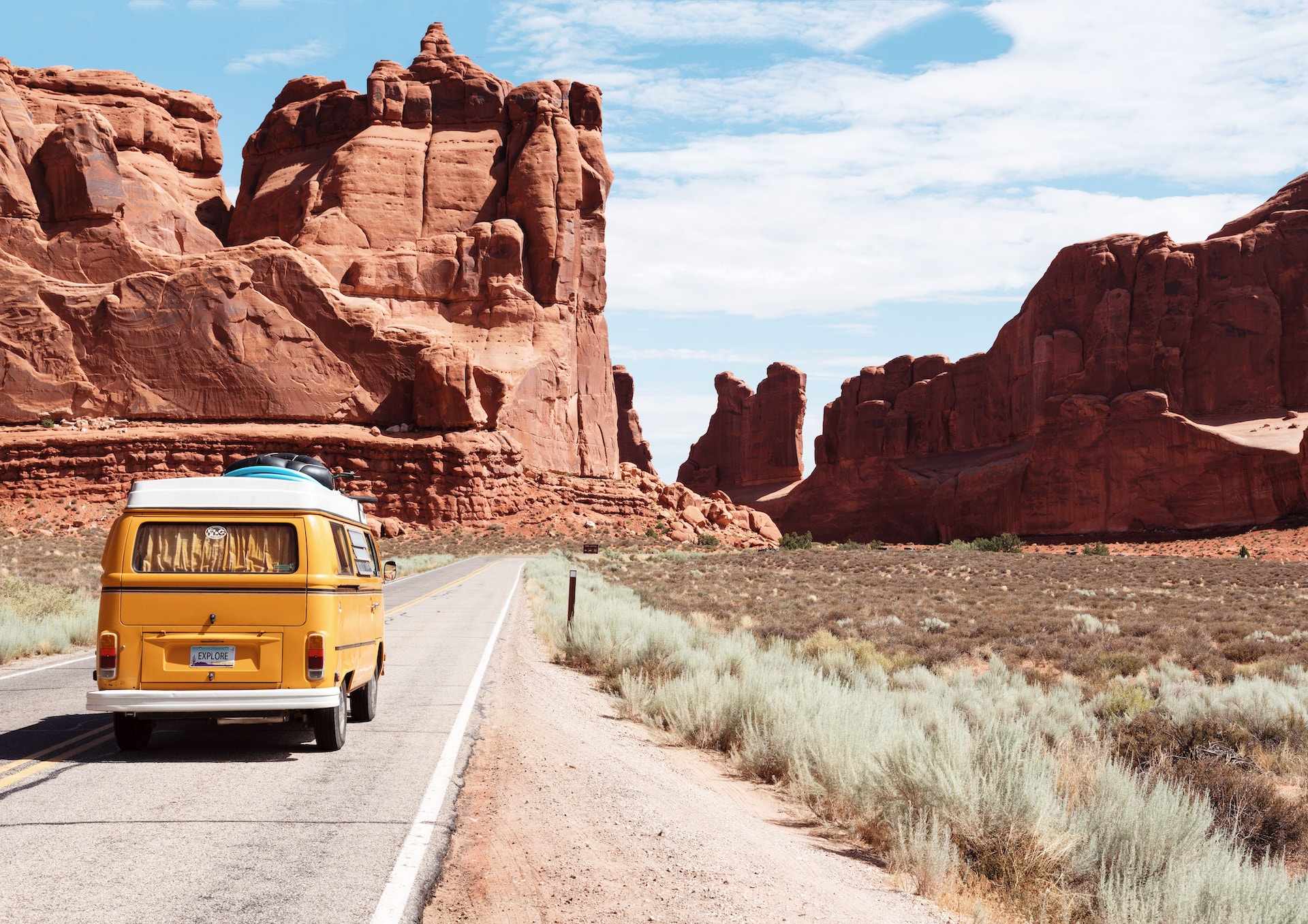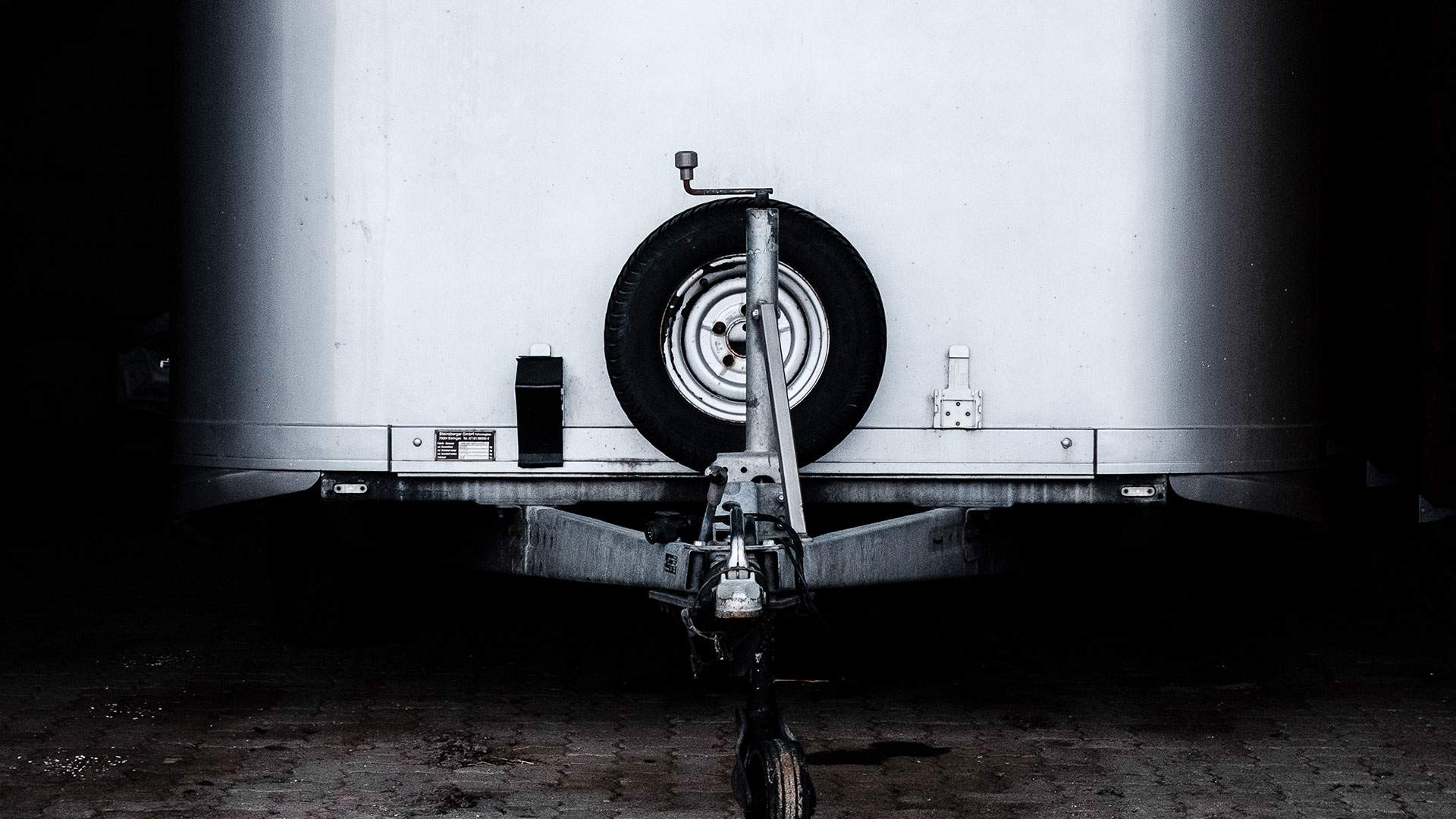Buying a camper new (or even used) from a retailer can be expensive and leave you with a design you’re not really crazy about. More and more people are deciding to save money with customized cargo trailer conversion. Though it takes time and effort to successfully convert an empty cargo trailer, it leaves you with a personalized rig that has everything you need and nothing you don’t.
Do you have a vague idea in mind of what you want, but aren’t sure where to begin? Read on for helpful tips on how to start your cargo trailer conversion journey and ideas that may spark inspiration. Check out this page for all the supplies you’ll need to DIY your RV.
And once your RV is ready to go, you can even make some money renting it out!
Step 1: Establish Your Budget
Before you start dragging out your tools, it’s important to establish a budget for the project.
Many campers are drawn to this DIY option because it can be a major money saver. Some folks have even converted their trailer for less than $2,000! On the other hand, it’s a chance to customize your rig to be as luxurious as you want. You can spring for the top-of-the-line cargo trailer and outfit it with the latest camper gear and systems.
Regardless of how much you plan on spending, it’s usually a good idea to come up with a budget ahead of time. Try to do a little research on the prices of materials and systems you may want so you aren’t hit with major unexpected expenses later down the line. This will ensure that you don’t run out of funds with a half-finished rig.
Step 2: Consider Your Camp Style
Road trips start with a map and camper conversions start with a plan.
DIY conversions are all about creating a camper that fits your specific needs. This means that your design will depend on where and how you want to camp.
Systems to Install
Camping in RV parks with all of the amenities is a lot different than boondocking in the wild. If you plan on staying at campgrounds with full hookups and bathrooms nearby, you may forgo a bathroom and equip your camper with shore power and water.
If going off-grid is more your speed, you’ll want to consider options like solar panels, a composting toilet system, and an onboard freshwater tank.

Layout
The great thing about a cargo trailer conversion is that you start with a blank slate, giving you the freedom to use your space however you want. Here are some of the most common considerations that might affect the layout plans of your camper.
–The number of people: Are you a solo camper or will you be traveling with a group? This will help inform the layout of your space. If you’re a solo camper, you may opt for less sleeping areas but build a larger living area or storage space.
–How you plan on cooking: Do you prefer cooking outside over a fire for that authentic camp experience? If so, you can save space for other things by skipping the kitchen. Conversely, a functional sink and ample counter space is a must for some who enjoy whipping up good meals in a kitchen setting.
–If you plan on working from the road: For campers who also work remotely from the road, a workspace is essential.
–What activities you do: Day hikers don’t need much aside from a day pack and a good pair of boots, but mountain bikers bring a little more gear along for the ride. Consider how much storage you’ll need for your adventure gear.
–How long your trips usually last: What you want in a camper is different depending on how long your trips are. For example, bed comfort may not be a high priority for weekenders but for those who spend months of their time on the road, comfortable sleep is a must.
These will allow you to determine your priorities in a trailer, helping you out with the next step.
Step 3: Draw Up Your Plans
Now that you’ve got an idea for what’s essential in your camper, it’s time to draw up the plans. Sketch some ideas on paper, making sure to keep your drawings to scale. Don’t be afraid to go through multiple versions.
What you have in mind initially may not work as well once you physically see it. You can even mark areas on the floor of your empty cargo trailer in chalk to help you visualize where things will go.
If you aren’t comfortable drawing up your own plans, you can also find pre-made layouts available online.
Cargo Trailer Conversion Ideas
Looking for a little inspiration? Check out resources and tips from other DIYers. Pinterest, YouTube, Facebook groups, and other blogs are rich with ideas and stories from people who have taken on conversion projects themselves. 
Brian Rogers walks through his 8’x16’ cargo trailer conversion in this YouTube video.

Campers can be as luxurious as you want, such as this glam conversion from Chatfield Court.
If you have a specific idea in mind, chances are someone has done something similar before and documented it on the internet. Be as specific as you want when looking for ideas!
Step 4: Get to Work
Once you have your plan in place, it’s time to turn those drawings into reality!
Cargo Trailer Camper Conversion Helpful Tips
Tip #1: If you don’t have little or no experience camping in an RV or trailer, try renting one (or more) first and taking it for a short trip. You’ll be surprised by what you’ll learn from using other models and may get ideas for features or layouts that work best for you. You may learn that you really wouldn’t use that thing you thought was a must-have.
Tip #2: Hire help if you need it. Just because you don’t feel comfortable handling electrical work doesn’t mean that you shouldn’t do a conversion. You can always call in an expert to handle one or two aspects of the project.
Tip #3: Be open to changes. One of the most frequent things that converters mention is that their final result ended up much different than what they initially had in mind. Being open to changes from your first plan will allow you to adapt and solve issues as they arise, making for a more stress-free experience.
Hit the Road
Now for the ultimate test: hitting the road in your new camper. Try a short weekend trip nearby to ensure everything is in working order before setting out on bigger adventures. And because know your converted camper inside and out, rest assured knowing you can handle repairs and upgrades as needed.








